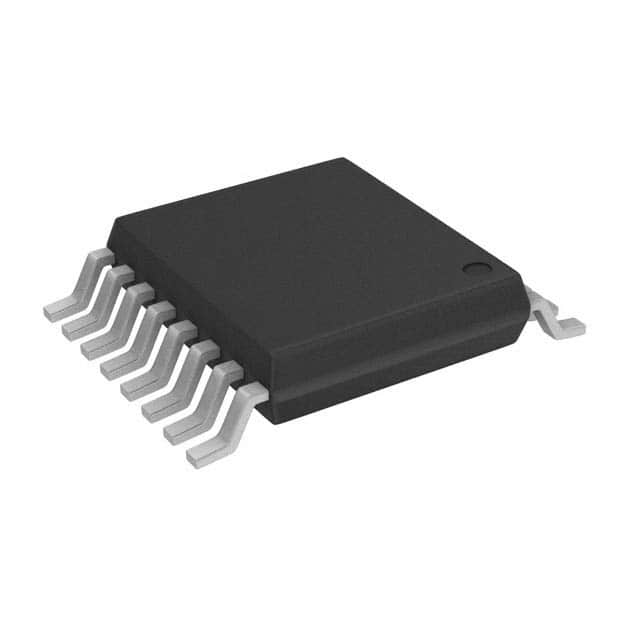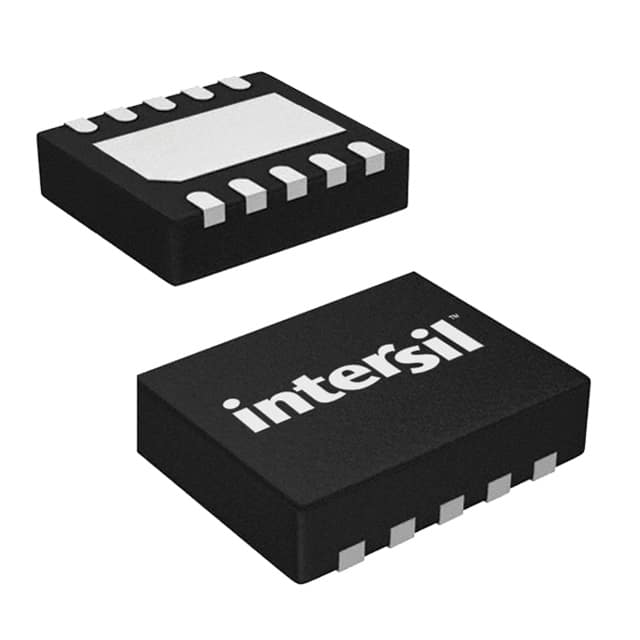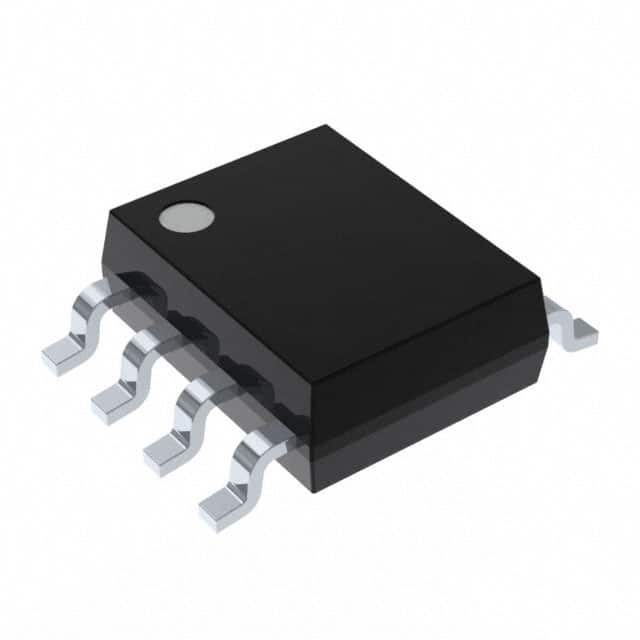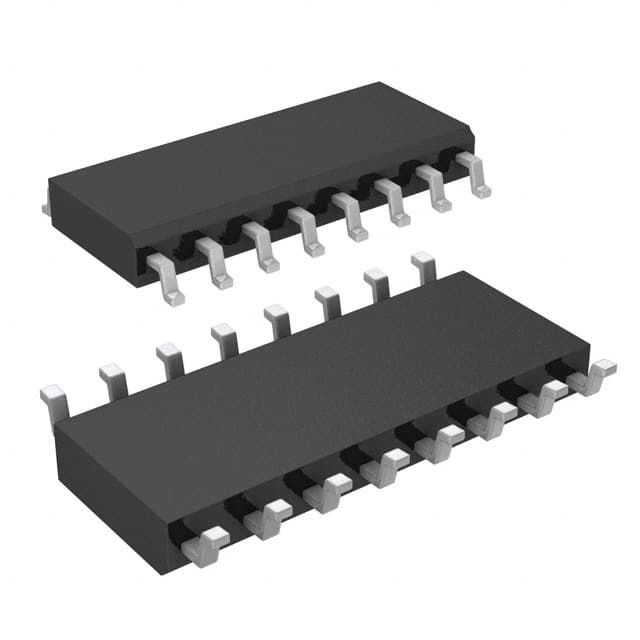MAX4674EUE+T Product Introduction:
Maxim Integrated Part Number MAX4674EUE+T(Interface - Analog Switches, Multiplexers, Demultiplexers), developed and manufactured by Maxim Integrated, distributed globally by Jinftry. We distribute various electronic components from world-renowned brands and provide one-stop services, making us a trusted global electronic component distributor.
MAX4674EUE+T is one of the part numbers distributed by Jinftry, and you can learn about its specifications/configurations, package/case, Datasheet, and other information here. Electronic components are affected by supply and demand, and prices fluctuate frequently. If you have a demand, please do not hesitate to send us an RFQ or email us immediately sales@jinftry.com Please inquire about the real-time unit price, Data Code, Lead time, payment terms, and any other information you would like to know. We will do our best to provide you with a quotation and reply as soon as possible.
Introducing the Maxim Integrated MAX4674EUE+T, a versatile and high-performance analog switch designed to meet the demands of various applications. With its advanced features and exceptional reliability, this product is set to revolutionize the field of analog switching.
The MAX4674EUE+T boasts a low on-resistance of just 0.5 ohms, ensuring minimal signal distortion and maximum signal integrity. Its wide operating voltage range of 2.7V to 12V makes it compatible with a wide range of power sources, making it suitable for use in a variety of applications.
This analog switch is equipped with four independently controlled SPST switches, allowing for flexible and precise control over signal routing. Its fast switching speed of 50ns ensures seamless and efficient signal transmission, making it ideal for applications that require rapid switching.
The MAX4674EUE+T finds its application in a wide range of fields, including audio and video signal routing, data acquisition systems, test and measurement equipment, and industrial automation. Its compact and space-saving package makes it suitable for use in portable devices as well.
With its exceptional performance, reliability, and versatility, the Maxim Integrated MAX4674EUE+T is the perfect choice for engineers and designers looking to enhance their analog switching capabilities. Experience the power of seamless signal routing with the MAX4674EUE+T.
Interface - Analog Switches, Multiplexers, Demultiplexers are an important class of components in integrated circuits (ics) that are used to select and switch between different signal paths. Multiplexers are analog switches that combine multiple input signals onto a shared output line. The multiplexer consists of a set of selection lines and a plurality of input lines, and determines which input signal is connected to the output line by selecting the control signal on the line. This design allows multiple signals to be transmitted with limited physical connections, saving wiring resources and space. A demultiplexer is a reverse operation of a multiplexer that distributes one input signal to multiple output lines. By controlling the signal, the demultiplexer can selectively connect the input signal to one or more output lines to achieve signal distribution and routing. Such IC chips achieve lossless switching of signals through integrated transistors or MOSFET devices, and the design principle is to use control signals to change the conductivity of semiconductor materials, so as to switch between signal paths. The analog switch can be bi-directional, allowing the signal to travel in both directions, or unidirectional, allowing the signal to flow in only one direction.
Application
Interface - Analog Switches, Multiplexers, Demultiplexers have demonstrated extensive application value in multiple fields. In data acquisition systems, they are used for switching multiple signals, reducing the number of connections between sensors and processors, and improving the flexibility and efficiency of the system. In the field of communication, especially in multi-channel transmission systems, multiplexers are used to merge multiple signals into one medium for transmission, while demulsifiers separate signals at the receiving end, achieving effective signal management and transmission. In testing and measurement equipment, this type of IC chip is used for dynamic control of signal paths, supporting multiple testing modes and configurations. In addition, analog switches, multiplexers, and demulsifiers play a crucial role in audio processing, video switching, automotive electronics, medical equipment, and various industrial control systems that require signal switching and management, providing a solid foundation for the high performance and versatility of modern electronic devices.
FAQ about Interface - Analog Switches, Multiplexers, Demultiplexers
-
1. What is the difference between an analog switch and a digital switch?
Difference between analog switches and digital switches: 1. The function of an analog switch is to transmit analog signals. Since digital signals are also composed of two analog voltages from high to low, analog switches can also transmit digital signals; while digital switches mainly refer to MUX. 2. The signal current of a digital switch gate usually does not reach the output end; while an analog switch refers to a switch similar to an actual switch, whose signal current flows through the input end to the output end.
-
2. What are multiplexers and demultiplexers?
Multiplexers and demultiplexers are key devices for signal transmission and reception in communication systems.
Multiplexer
A multiplexer is a device whose main function is to combine multiple low-speed channels into a high-speed channel. At the transmitting end, the multiplexer combines multiple low-bandwidth signals into a high-bandwidth signal according to certain rules for transmission through a shared communication medium12. A multiplexer usually contains multiple data inputs and a single output, combining multiple signals into one signal through coding or modulation techniques. For example, in telephone networks, frequency division multiplexing (FDM) technology divides the available bandwidth of the transmission medium into multiple frequency bands, each of which is assigned to a signal, thereby achieving multiplexing.
Demultiplexer
A demultiplexer is the opposite of a multiplexer. Its main function is to decompose a high-bandwidth signal into multiple low-bandwidth signals at the receiving end. At the receiving end, the demultiplexer decomposes the composite signal into the original multiple low-speed channels according to the same rules for separate transmission to various destinations14. Demultiplexers are usually used in conjunction with multiplexers to ensure that the signals can be correctly separated and transmitted to the correct receiving device.
-
3. What are the different types of demultiplexers?
There are mainly the following types of demultiplexers:
1:2 Demultiplexer: This demultiplexer has one input and one select line, and the input signal is assigned to one of the two outputs based on the state of the select line.
1:4 Demultiplexer: This is the most common type of demultiplexer, with two input control signals, which can control four outputs.
1:8 Demultiplexer: This demultiplexer has three input control signals, which can control eight outputs.
1:16 Demultiplexer: This demultiplexer has four input control signals, which can control sixteen outputs.
Application scenarios and functional principles of demultiplexers:
A demultiplexer is a combinational logic circuit used to distribute information on one input line to one of multiple output lines. It controls the outputs through a set of selection lines, whose bit combinations determine the specific output line connected to the input at a given moment.
 Lead free / RoHS Compliant
Lead free / RoHS Compliant



























